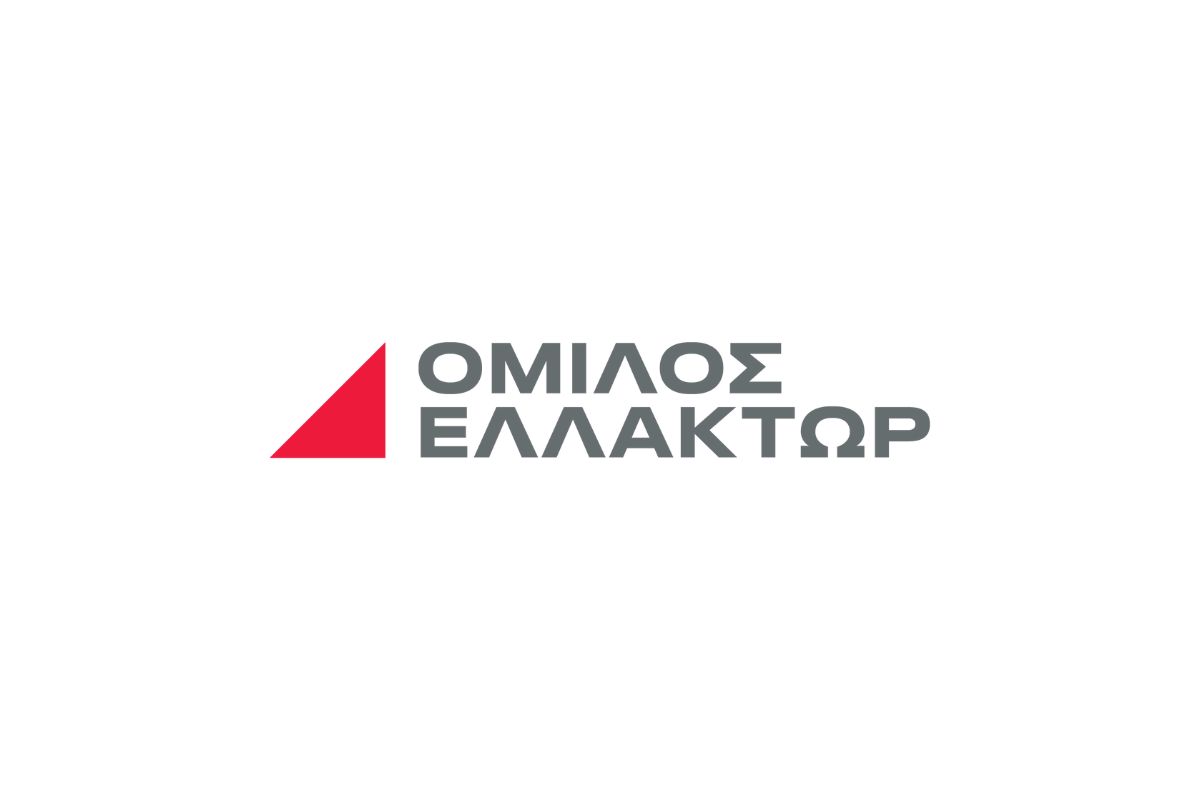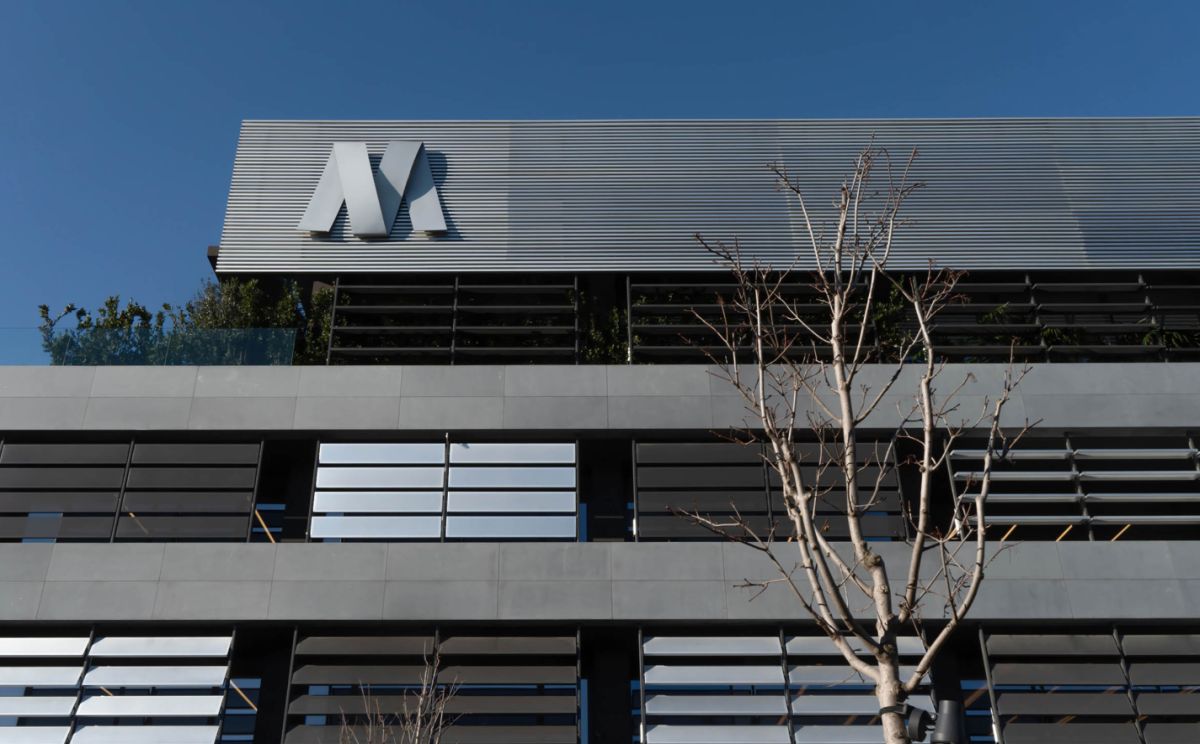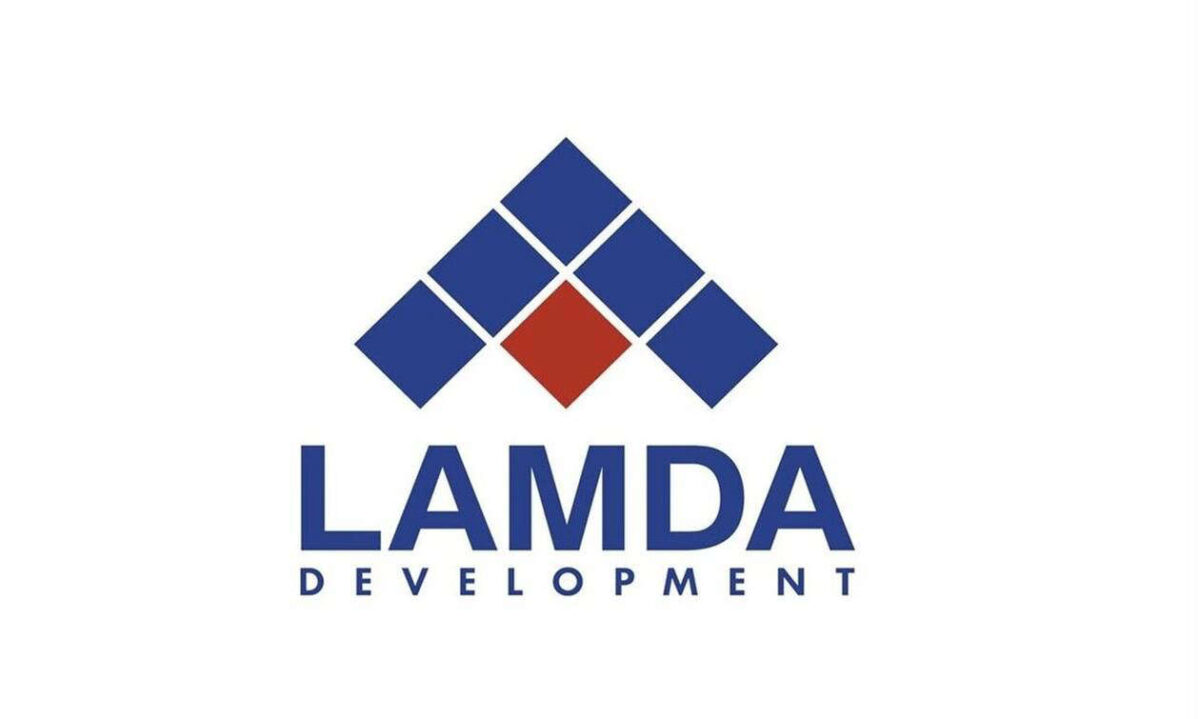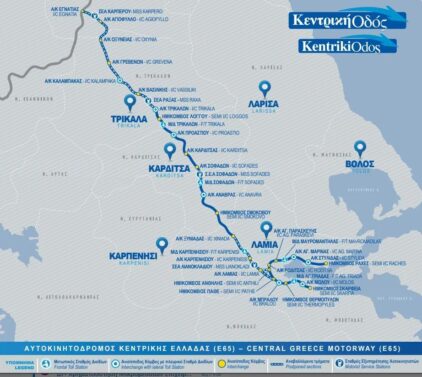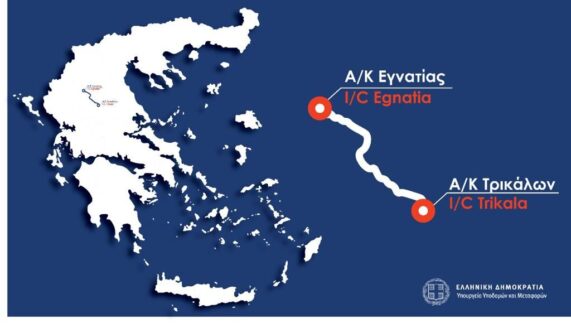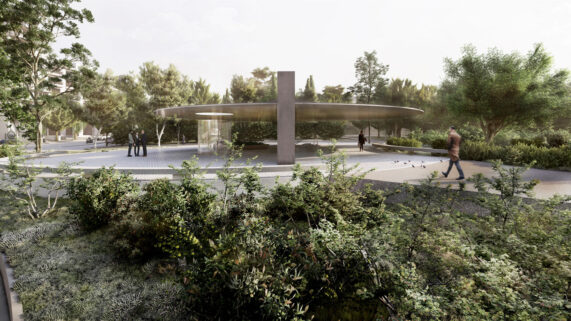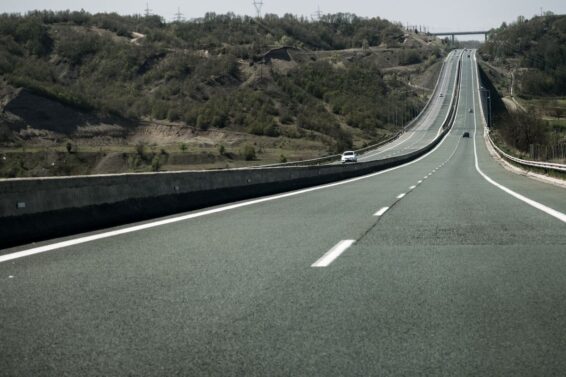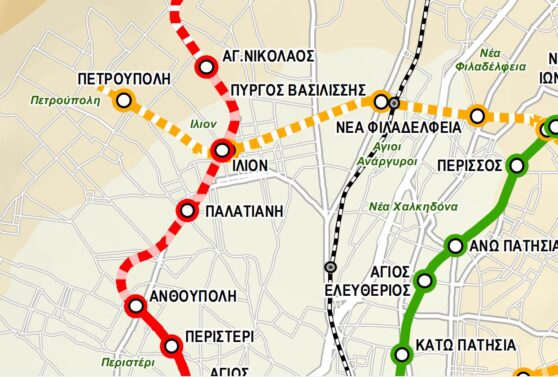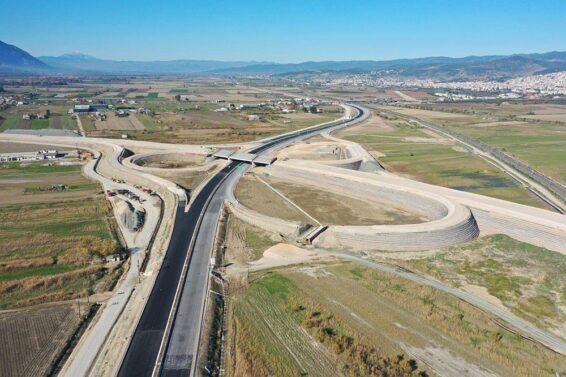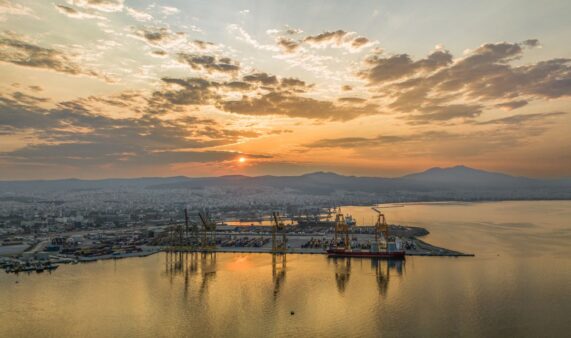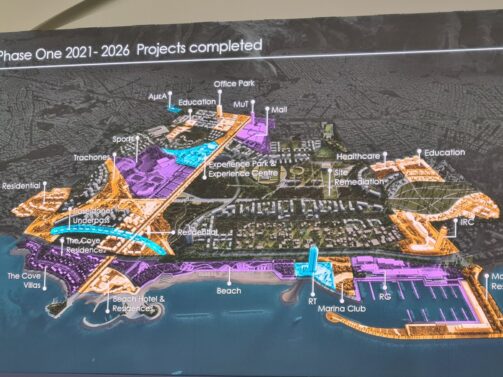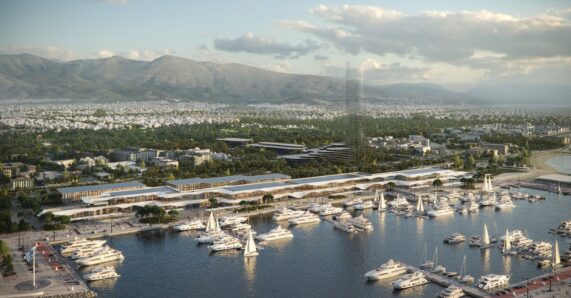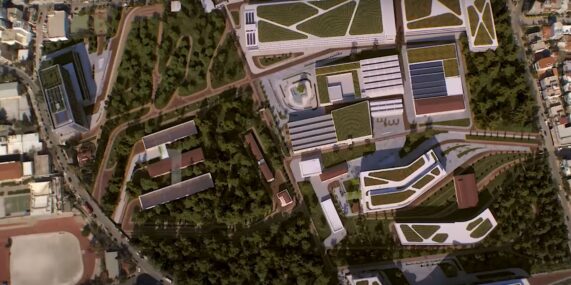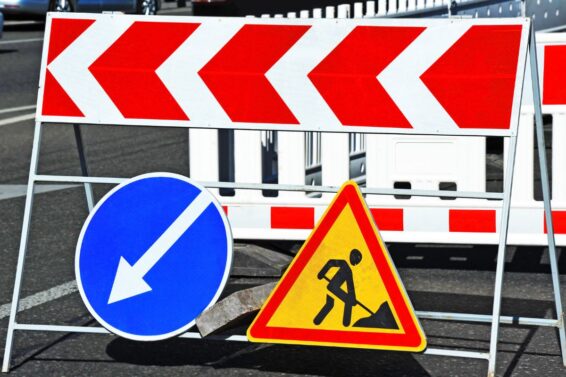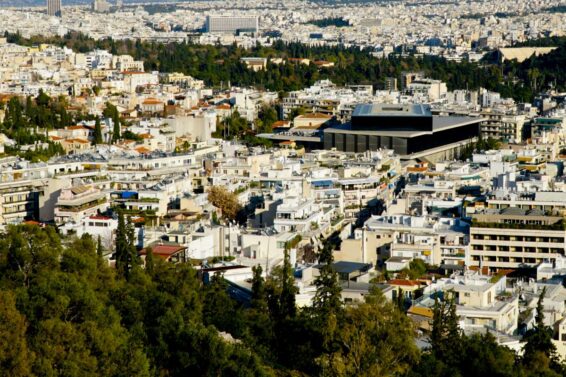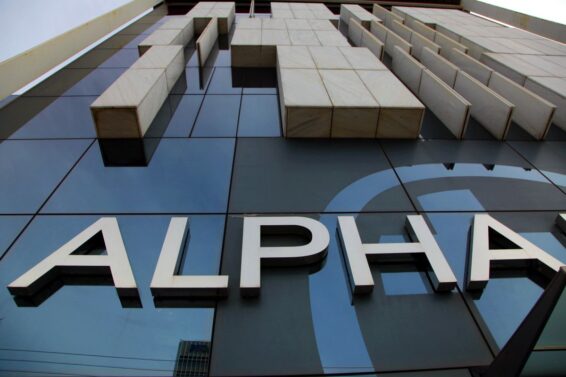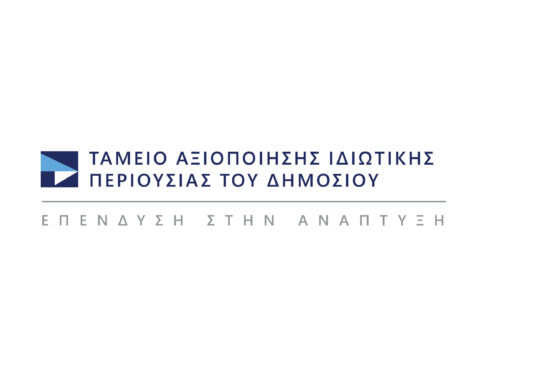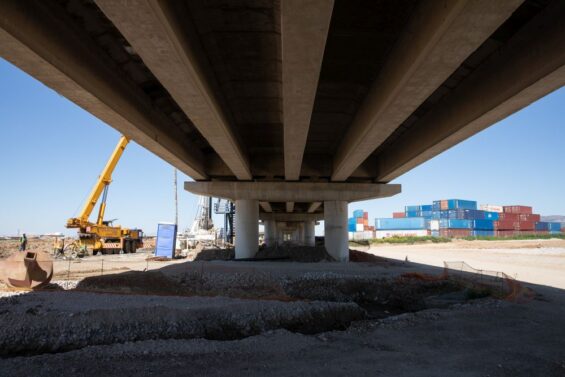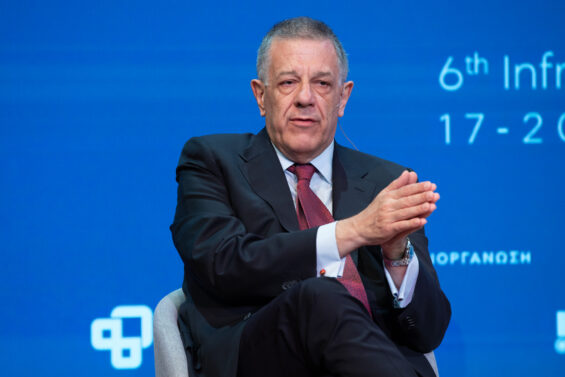At the forefront of the claim today is the road project that expands the Ionia Road from Ioannina to Kakavia and turns it into a highway. The project has gone through many different stages as -according to information from ypodomes.com- at the time of the design of the Ionia Road (2005-2006), the department did not enter the concession due to reactions from mayors of the area, as a result of which it remained in the air.
At the last decade, and specifically during the construction of the Antirrio-Ioannina highway, the project, while initially approved as a NSRF project, finally “disintegrated”, bringing waves of frustration throughout Epirus.
The day after the completion of the highway, the claim for the implementation of the “natural continuation” of the Ionia Road to reach the border crossing in the area of Kakavia began immediately. As Alexandros Lambrou, a member of TEE Epirus, notes on ypodomes.com, today there is no clear picture of where the implementation of the project is and what will happen next.
Where we are today
In 2020, we had a significant development in the course of an important area for the project. With a model agreement, the Ministry of Infrastructure and Transport transferred the responsibility of the implementation to the Region of Epirus. This is an unprecedented move for a project of this size. This is a “pilot” with currently unknown results.
Essentially, the Region undertook the design and financial maturity of the project, which -in the good scenario- if it works, will be a model for similar projects in the country. However, many politicians and actors express their skepticism about this move.
Stavros Kalogiannis, who is an MP of Nea Dimokratia has disagreed with this move, considering that the implementation of the project would have more chances through the central government. For his part, the Mayor of Zitsa, Michalis Pliakos, speaking to ypodomes.com, expresses his anxiety for the outcome of this case.
“Our concern is whether the Region manages to implement this great project for the region and it is sad that the Ministry of Infrastructure did not undertake a road project that is transnational. Ioannina-Kakavia connects the port of Igoumenitsa with Ioannina, the airport, the industrial area and is connected to the road network of Albania in the area of Kakavia. The project is of national importance “, he underlines.
The project
The Ioannina-Kakavia project has currently studies in the section Pedini (Ioannina) -Kalpaki, with a total length of about 28km. It bypasses the city of Ioannina and passes in the northern part of Zagorochoria to reach Kalpaki with a two-lane route (i.e. 2 lanes in each direction). The studies also have approved environmental conditions.
From there on, studies are required for the section Kalpaki – Bridge of Saints as they do not exist and are a shortcoming in the overall “file” of the road Ioannina-Kakavia.
In the section of Agioi Bridge up to the border crossing in Kakavia there is a road with 1 lane plus an Emergency Lane. There is often confusion here as many consider it a two-lane road in every direction. Factors in the area believe that with a simple upgrade, without major projects and with the construction from Pedini to Kalpaki, the project will be completed.
The cost is currently estimated at around 340 million euros, while according to sources familiar with the matter, its daily flows make it prohibitive for funding from the NSRF or its direct entry in the form of a concession.
As Mr. Pliaskos emphasizes, there are blocked areas for the implementation of the highway that hold property owners “hostage”. He notes that since 2019 there is no knowledge if they are still committed and for this reason a letter has been sent to the Ministry of Infrastructure.
The Region of Epirus, which has undertaken this big bet, estimates that by the end of 2021 it will have a complete picture of the progress of the implementation of the project, making use of all possible scenarios and funding channels.
The role of the Adriatic Road
Speaking to ypodomes.com, the Vice President of the Hotel Owners Association of the Prefecture of Ioannina, Stathis Sioutis, notes that Ioannina-Kakavia is the southern end of the Adriatic Road axis. “This is an axis that connects the country with the countries of the Western Balkans and reaches as far as Italy, in Trieste. If the Greek section is implemented, there will be a connection with the Egnatia Odos, the port of Igoumenitsa and the axis to Antirrio and from there to southern Greece. “Ioannina will be transformed into a major road junction in the country,” he emphasizes.
The road starts from Trieste, passes through Slovenia, Croatia (next to the Dalmatian coast), Split and has reached 8 km before Dubrovnik. Regarding the development of its construction, only the small part of Bosnia and Herzegovina and the 38 km from Dubrovnik to Montenegro are left.
20% of Europeans travel by car, a figure that corresponds to 70,000,000 visitors. Most of them will enter the area via the Adriatic Road.
As Mr. Sioutis notes, the Greek embassy in Tirana is in close cooperation with the Albanian government to have a new road from the town of Premeti to the border station of Mertziani (28 km long, 8.5 m. width) so that the area of the Geopark is united with the area of Tepeleni.
With the completion of the Western Axis of the Balkans, the number of tourists in our country, who will come by car from Central and Northern Europe, will increase excessively.
The distances with the complete Ioannina-Kakavia axis
Today we need 4 hours by car to reach from Ioannina to Tirana. With the extension of the Ionian Road to Kakavia this time will be reduced to 3.5 hours and with the completion of the
Western Axis the distances from Ioannina will be as follows: For Kotor in Montenegro 6 hours, for Dubrovnik 7 hours, for Trieste 10 hours and for Munich 14 hours by car.
The completion of the Ionian Road to the Kakavia border station and its connection to the Trans-European Road Axis of the Western Balkans is a vital element for Epirus, but if we look at it in perspective, it will be another Trans-European corridor for the Western Macedonia and Western Greece with extensions to tourism, culture, development of freight transport, development of production and new units, etc.
ΜΗΝ ΞΕΧΑΣΕΤΕ
- Ακολουθήστε το ypodomes.com στο Google News και μάθετε πρώτοι όλες τις ειδήσεις για τις υποδομές στην Ελλάδα
- Αν είστε επαγγελματίας του κλάδου, ακολουθήστε μας στο LinkedIn
- Εγγραφείτε στο Ypodomes Web TV

